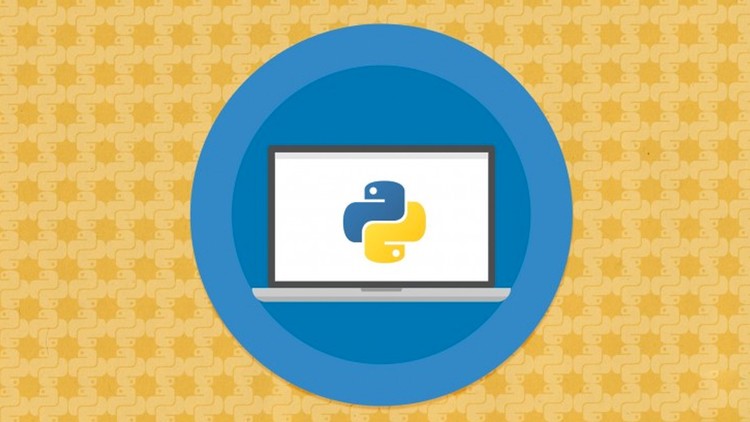Mastering Python - Networking and Security
Learn the ins and outs of scripting in Python and how to work with Python libraries for networking and forensics.
4.25 (690 reviews)

6,182
students
5 hours
content
Jan 2017
last update
$49.99
regular price
What you will learn
create, run, and debug Python scripts and apply that knowledge to handling common networking and forensics tasks
use Python to interact with MySQL databases and execute commands
Related Topics
336580
udemy ID
11/5/2014
course created date
8/9/2019
course indexed date
Bot
course submited by